St. Francis Xavier Chapel, Malindi
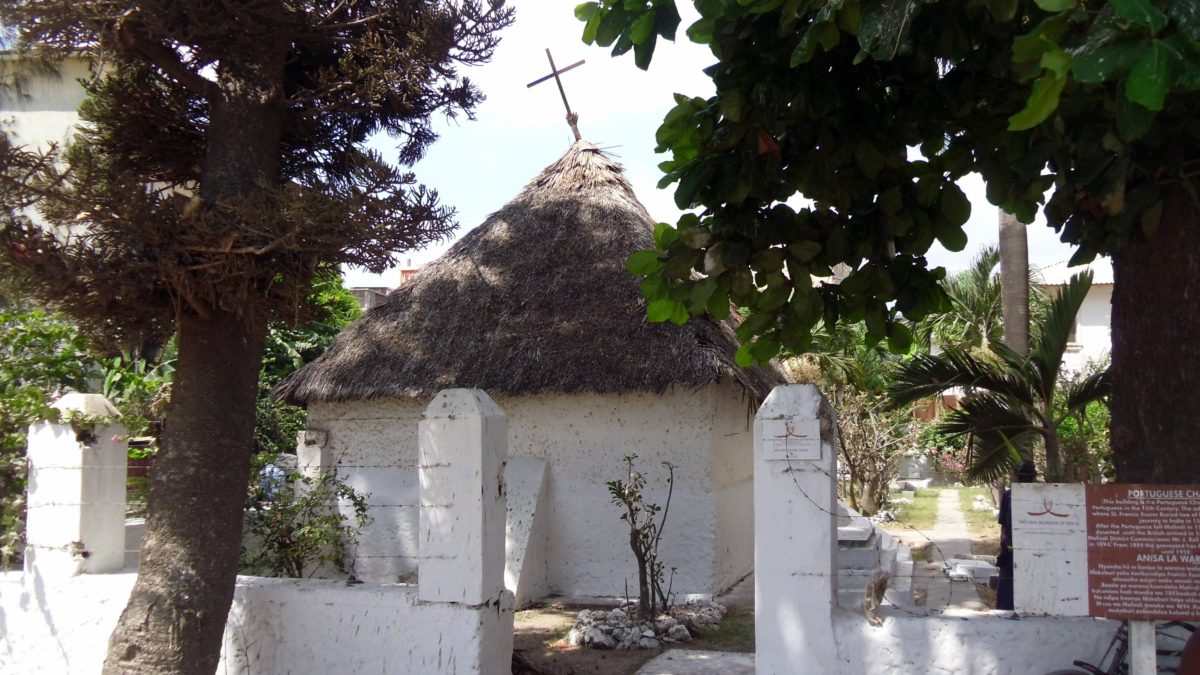
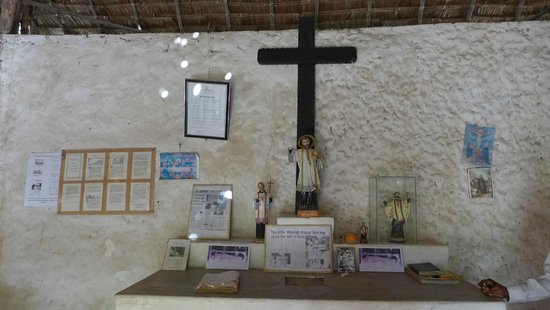
The arrival of Vasco Da Gama
On July 8th 1497, three ships left a dock in Lisbon, Portugal, led by prime navigator, Vasco da Gama. His expedition was intent on sailing the fastest route to Calicut, India where they purposed to trade items and eventually spread Christianity in the race for religious dominion. It took them more than nine months to reach Mombasa harbour, where they were not welcome and the fleet was denied port.
On July 8th 1497, three ships left a dock in Lisbon, Portugal; led by prime navigator, Vasco da Gama. His expedition was intent on sailing the fastest route to Calicut, India, where they purposed to trade items and eventually spread Christianity in the race for religious dominion. It took them more than nine months to reach Mombasa harbour, where they were not welcome and the fleet was denied port.
The Kenyan coast in the 15th Century
Desperate to anchor ship for a few days for provisions before resuming their journey, the three ships continued to hug the coastline, as they sailed north. Eventually, a welcome was found in the settlement of Malindi, in what is today Kilifi county.
The inhabitants of 15th-century Malindi, were ruled by Sheikh al-Bauri, who saw the Portuguese as potential allies in continuing feuds with their neighbors to the south, in Mombasa. It was an era of survival through alliances.
When it was time for da Gama’s crew to set sail for Calicut, the Malindi Sheikh offered two of his best sailing pilots to ensure the Portuguese arrived at their destination safely. But it’s said that the Malindi residents had no knowledge of Christianity, and one of the pilots abandoned ship as soon as he realised this. Vasco da Gama successfully arrived in India in May and, on his return voyage, anchored yet again in Malindi on January 8th, 1499. On one of the trips, the group established a small chapel surrounded by trees not far from the shoreline. With thick walls and a modest frame, the chapel has one small window that opens onto the entrance of the gate. This concept was designed for Christians of another time to spy outside, on anyone approaching the building. More than 500 years later, the nondescript building, with its thatch roof, stands on Riversand Road in Malindi town, surrounded by larger buildings. Visitors are immediately welcomed by the ancient stone pillars which host the names of some of those buried in its grounds.
St. Francis Xavier
The chapel is named St. Francis Xavier Chapel, after one of the founders of the Jesuits, Francis Xavier of Spain, who visited in 1542 on his way to India. St Francis had been commissioned as a missionary to Asia and was later beautified by Pope Paul V on 25 October 1619 and canonized as a saint by Pope Gregory XV. On his saint day – 3 December, many Catholics and other faithful gather in the small chapel to celebrate his works. Its small interior is able to accommodate at least 60 people, and is occasionally used from time to time for worship and other celebrations. Despite being abandoned between 1593 and 1893, the chapel and its history have withstood the test of time.
Now under The National Museums of Kenya, St. Francis Xavier Chapel is one of Kenya’s most momentous worship sites: a reminder of centuries that have come and gone, a vanguard of the Christian faith in Kenya.

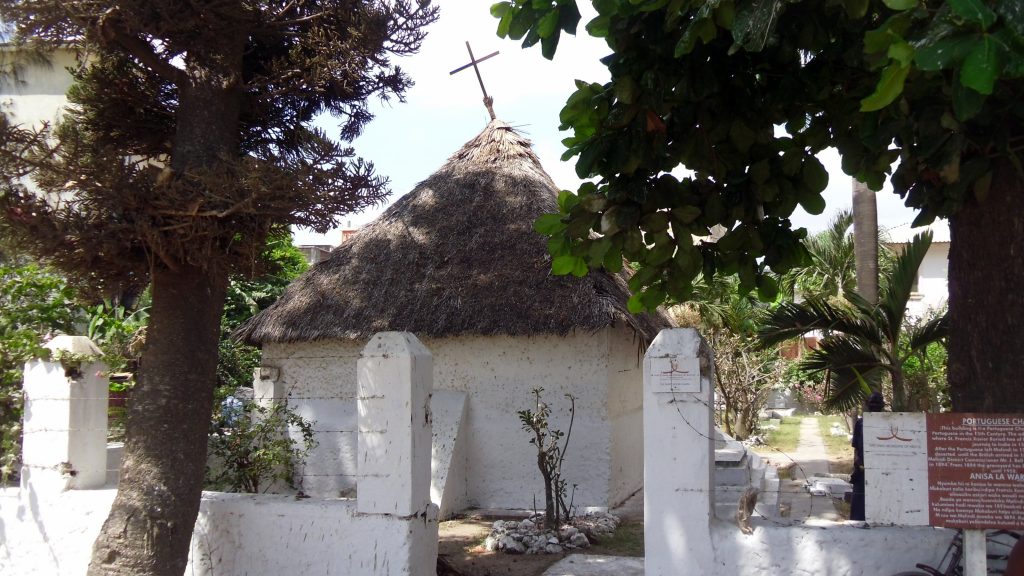

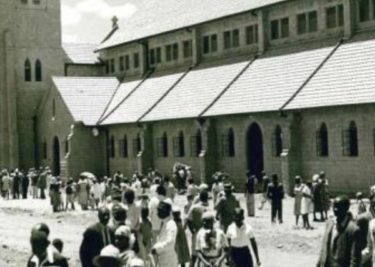
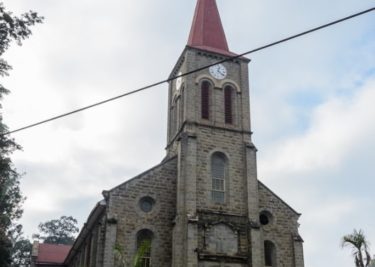
1 Comment
This is very interesting to find that we still have such a great historical site where great missionaries who brought us Christian faith in kenya particularly in malindi are still existing. Thanks to the man of God St. Francis Xaxier for his legacy in Kenya.